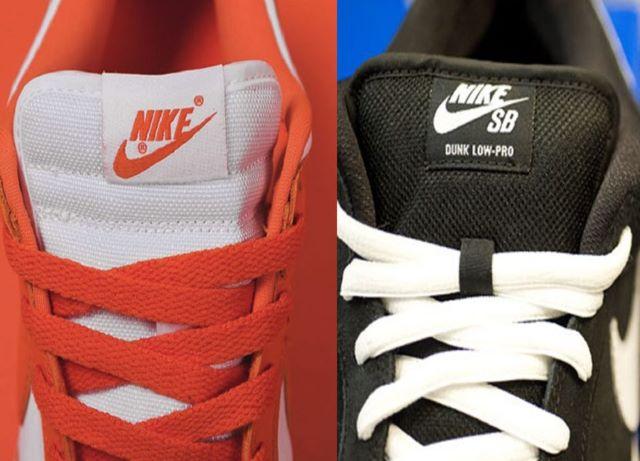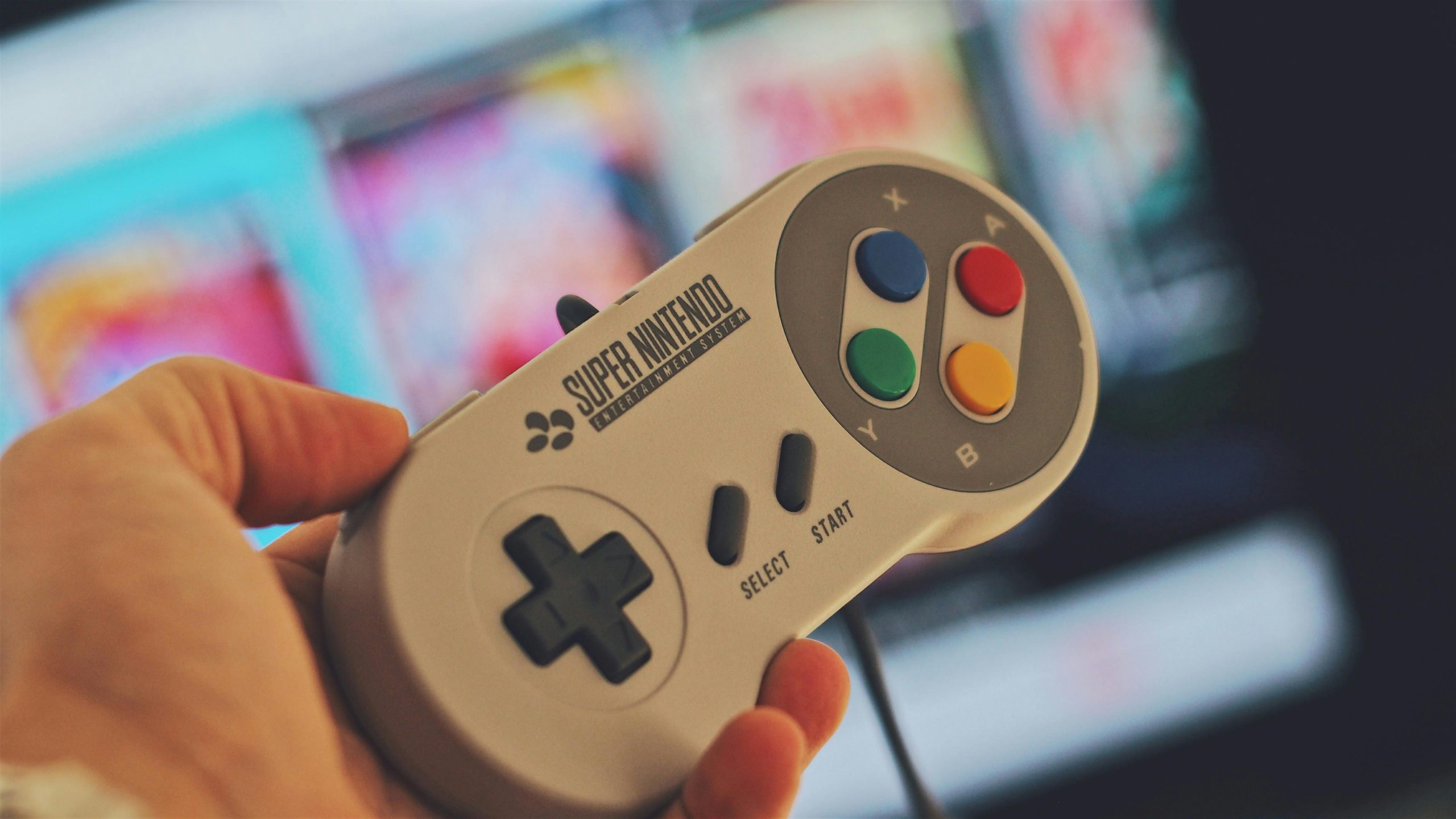There are two varieties of Nike Dunks in the world: those that closely resemble the appearance of the shoe’s 1985 debut and others with performance tweaks made specifically for skateboarding and distributed under the Nike SB label. Although both appear to be Dunks at first view, closer examination reveals that they are fact quite different.
What really separates the SB Dunk from a “normal” Dunk, then? Why do the shoelaces on one have “big” ends while the tongue on the other is thin? In addition, who would want to skate in a worn-out pair of basketball shoes? In the course of this in-depth explanation of the Nike Dunk, we will address all of these queries and more.
How many Nike Dunks exist
Let’s begin by pointing out that there are in fact more than two Nike Dunk models before we get into the meat of our Dunk overview. If you want to be very particular, there are five different types of Dunks: a mid-top variant that is only available in the Nike SB line, a high and low-top version of both the SB Dunk and “normal” Dunk. When the first Dunk was introduced in 1985, there were high and low versions available. Which takes us to our upcoming subject of conversation: the Dunk’s historical background.
In 1985, the Nike Dunk was first made available. When Michael Jordan, a great rookie, was making headlines in 1985 wearing the visually comparable Air Jordan 1, Nike targeted college basketball with the Dunk. Both contributed to the success of its intended users as well as Nike’s developing basketball program. In 1985, there were several different hues of the Dunk to pick from, just like the Jordan 1. The “Be True to Your School” set of seven Dunk colors was developed for Nike-sponsored institutions Kentucky, Michigan, Syracuse, Iowa, St. John’s, UNLV, and Arizona. The initial group of Dunks came to prominence when players from these programs rocked the models during some of the biggest games of the mid-80s.
Read More: Top 5: Tips To Achieve Your Sports Goals
Years of transition
As quickly as the Dunk rose through the collegiate basketball rankings, so did its death as a performance basketball shoe. Just a few years after it was introduced, footwear’s advanced technology made the concept essentially outdated. Although the Dunk may have lost its relevance for basketball, it was swiftly embraced by a different sports community: skateboarders. Why? It’s easy. A shoe with a sticky sole, cushioned ankle collar, and leather construction that couldn’t be skated to within an inch of its life has never been encountered by a skater. But it wasn’t until the release of Nike SB in 2002 that the shape transformed into a full-fledged skate shoe.
The beginning of Nike SB
Nike SB was formally introduced in 2002 as a brand exclusively for skateboarding. Nike SB enlisted Supreme and other underground skate shops to create their own interpretation of the new SB Dunk in order to market it as such and gain traction in the skate scene. The SB Dunk was the hottest sneaker in the globe from about 2002 until 2007 or 2008. The “normal” non-SB Dunk was still in circulation, mostly in Japan as a part of the nation-exclusive “Concept Japan” line, and mainly in low-top form.
Getting specific
Let’s review. You are aware of the Dunk’s historical context, the “Be True to Your School” pack from 1985, and the reasons why skateboarding culture swiftly embraced the idea after basketball players dismissed it. Let’s now analyze the subtle design elements of both the SB Dunk and “ordinary” Dunk. The Nike Dunk Low “Syracuse” and the Nike SB Dunk Low “Chicago” will be contrasted. The regular Dunk will be shown in each of the comparison pictures below, followed by the SB Dunk.
Differences in Dunks
Layering
The Nike SB Dunk features additional cushioning throughout the design, particularly on the tongue and collar, to help safeguard skaters’ feet.
Laces
For lack of a better description, SB Dunks have “fatter” laces that are intended to be more durable for skateboarding. When resisting grip tape abrasion, the thicker, oval-shaped laces outlast regular laces.
Air zoom cushioning
For impact absorption when skating, SB Dunks have always had a Zoom Air cushioning device in the heel of the footbed. The remainder of the insole is likewise more cushioned than the sockliner of a typical Dunk.
Outsoles
Most SB Dunk models introduced after 2011 feature a more intricate tread pattern to improve board control. In order to save weight, the new outsole design incorporates a cutaway area in the midfoot that is made of foam rather than rubber. However, certain Nike SB partners choose to use the traditional Dunk sole. A more recent SB Dunk with the original outsole design is the Travis Scott x Nike SB Dunk Low.
Lacing alternatives
The ability to “hide” the bottom two loops of the laces to provide skaters extra protection against griptape is a minor element on Nike SB Dunks. The eyestay panel of the SB Dunks has a “flap” at the bottom that only lets you loop the laces through one set of the holes, causing the loose panel to cover the laces.






